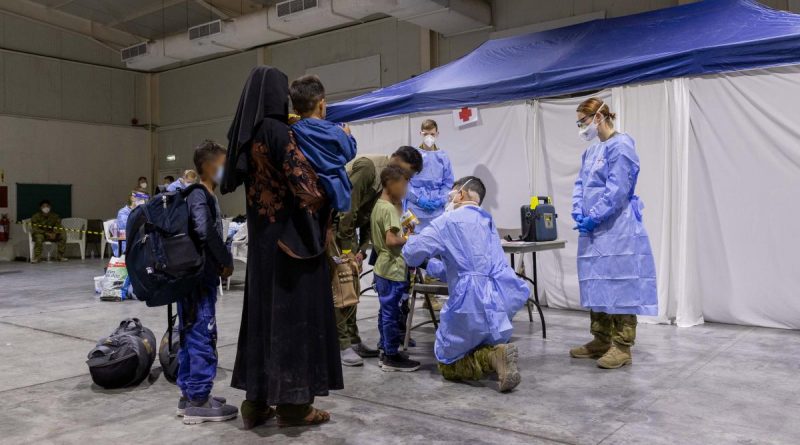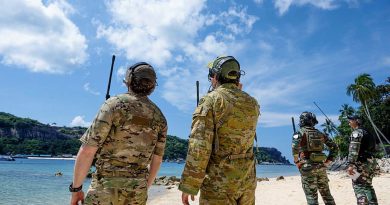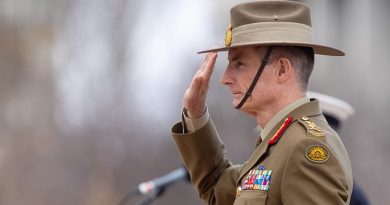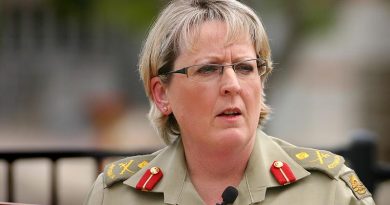Medics went above and beyond during evacuation
Share the post "Medics went above and beyond during evacuation"

One of the critical factors in the Afghanistan evacuation was the health and welfare of the more than 4000 evacuees, many of whom had endured significant hardship and injury on their journey to safety.
CAPTION: An Australian Defence Force medic assesses a child in the evacuee handling centre at Australia’s main operating base in the Middle East. Story by Lieutenant Max Logan. Photo by Leading Aircraftwoman Jacqueline Forrester.
Officer in Charge of the deployed health facility at Australia’s main operating base in the Middle East, Squadron Leader David Ball, said his team worked above and beyond their standard day-to-day duties during the evacuation operation.
“Our normal role at the health facility is to provide primary health care to deployed personnel,” Squadron Leader Ball said.
“We’re only a small staff and normally we can handle day-to-day health care quite well, so when the evacuation kicked off it’s fair to say that our resources were stretched to the max.
“Things were moving rapidly and a lot of additional planning was required.”
Private Chelsea Anderson, an Army medical technician from 1st Close Health Battalion, deployed at short notice from Darwin to Hamid Karzai International Airport in Kabul to accompany soldiers of 1st Battalion, Royal Australian Regiment.
Private Anderson worked on the front line to provide medical care to Australian and coalition troops, government workers and evacuees.
“The first couple of days while working on the gates I saw a lot of trauma patients,” she said.
Despite the difficult and confronting nature of her task, Private Anderson was able to draw on some of the warm interactions she had with evacuees.
“There were two ladies and a baby that I got to spend a lot of time with while I was in Kabul and when they left I was actually able to walk on the plane with one of the ladies, holding her child,” Private Anderson said.
“Later, I was reunited with her in the camp and it was quite rewarding to see that she had come from such a stressful situation with a fragile baby to seeing her safe and well and very grateful.
“It really helped to clarify why I’ve chosen to do this job.”
Squadron Leader Ball’s second flight included the largest number of people evacuated by an Australian aircraft.
“There were more than 350 evacuees all floor-loaded, sitting on the aircraft with just a small bag or suitcase to their name,” he said.
“The flight included men, women and children of all ages.
“It was quite a humbling sight, one of real humanity, and it brought home to me how important the mission was to get these people to safety.
“I was looking after a couple of patients at the front of the aircraft and there were two mothers. One had a small child and the other had a three-and-a-half-year-old disabled child.
“The way that those mothers cared for their children – they were exhausted, you could see that – but they did everything they could to comfort their children.”
ADF medical staff continued caring for the evacuees on arrival at Australia’s main operating base in the Middle East to ensure they were fit and healthy to continue their journey to Australia several days later.
.
.

.
.
Share the post "Medics went above and beyond during evacuation"





